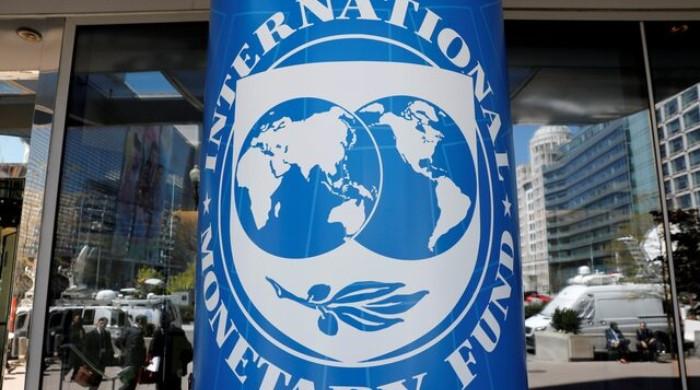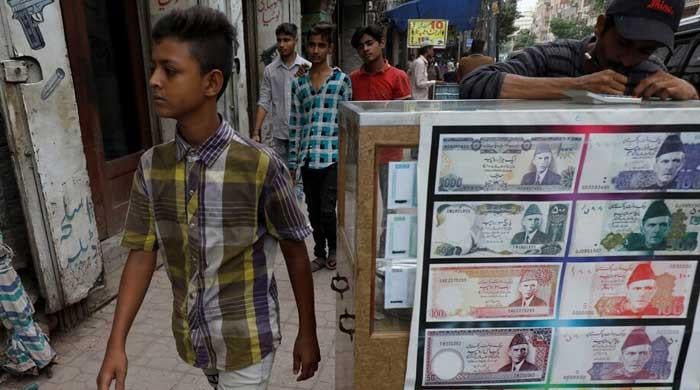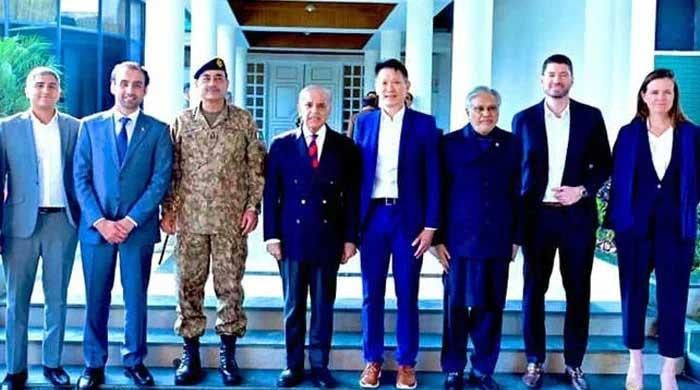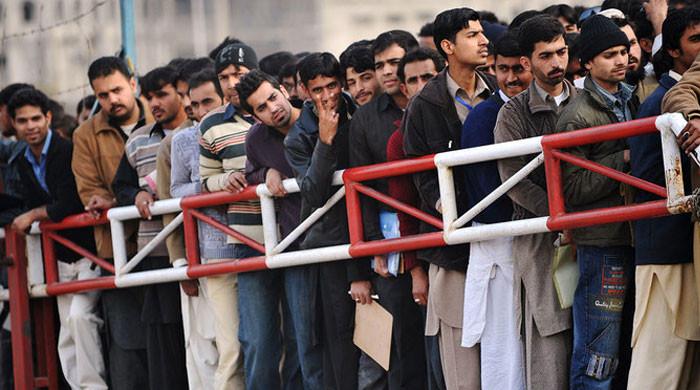Looking at 2018
Voting pattern in KP does not promise second chance for PTI
November 22, 2017
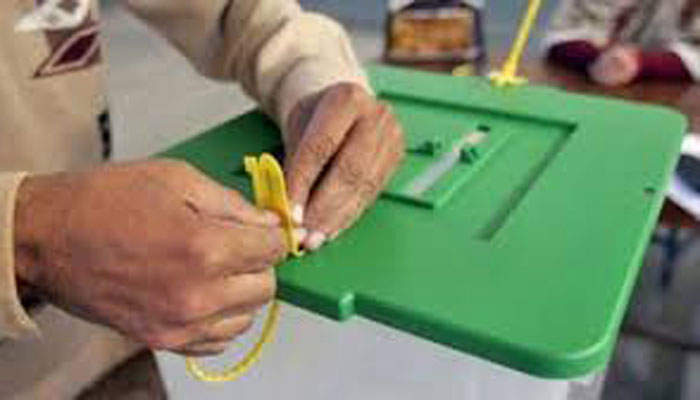
In the aftermath of the by-elections of NA-4 in Peshawar, many have predicted the PTI’s victory to be an indication of a possible second term for the party in Khyber Pakhtunkhwa (KP). However, in my opinion just one by-election victory doesn’t provide enough evidence for such a prediction. It is very important to take into account the norms surrounding by-elections in Pakistan, as well as the regional voting patterns within KP.
In the follow up to General Elections 2013, a total of 19 National Assembly by-elections were held across all the four provinces on seats which, like NA-4, were won by provincial incumbents in 2013. The results show that provincial incumbents won 16 of these 19 seats. It is likely that incumbency becomes a disadvantage only after it is over, not before that. The predictive power of by-election wins could be seen in the ANP’s win of NA-9 Mardan in the 2012 by-elections, i.e. just one year before the ANP’s electoral rout out.
Now to the electoral results in KP, which like most things in KP are often subjected to some very orientalist interpretations; where the province is portrayed as a united entity that always punishes bad governance. This fits perfectly with the vengeful and righteous ‘Khan saab’ stereotype of Pakhtuns that seems to be popular in Pakistan.
However, the regional voting patterns in KP paint a more nuanced picture. KP is usually divided into four regions, each with its own voting behaviour. The anti-incumbency voting backlash exists but is limited to Peshawar valley (districts of Peshawar, Nowshera, Charsadda, Swabi and Mardan), a region that accounts for 36 of the 99 seats in KP’s provincial assembly. In the northern districts (Malakand, Swat, Chitral, Buner, Shangla, and Upper and Lower Dir) only Swat votes in a manner that is similar to Peshawar valley, the rest of the districts usually give an overall fractured mandate.
The Hazara Division has always been a stronghold of the dominant brand of the Muslim League, and the southern districts (Kohat, Karak, Hangu, D I Khan, Bannu, Lakki Marwat, and Tank) lean more towards the JUI-F. Both Hazara and the southern districts also account for a majority of KP’s independent candidates; after the 2013 elections, of the 14 independents, 11 were from these two regions.
These regional voting patterns have created a situation where it is highly unlikely for one party to hold a majority in KP; as is the case in Sindh and Punjab. Therefore, since 1988, provincial governments in Khyber Pakhtunkhwa (former NWFP) have almost always been formed by parties winning the Centre, as federal ministries and committees give them a powerful leverage when parlaying for alliances.
Since 1988, both the PPP (1988, 1993) and the IJI/PML-N (1990, 1997) formed governments in former NWFP during their federal terms, a similar arrangement took place in the 2008 ANP-PPP government. It is likely that had Islamabad seen a PM return for a second consecutive term during this time, Peshawar might have seen a CM return as well.
However, there have been three exceptions to this pattern; first was the short-lived government of the PML-N’s Pir Sabir Shah in 1993, when the PPP had won the federal government. Shah was brought down within five months and replaced by the PPP’s Aftab Sherpao.
The second exception were the controversial elections of 2002 when the MMA broke through traditional voting patterns and secured 48 out of 99 seats in the KP Assembly, thus able to form the government on its own.
The third exception was in 2013 when the PTI formed government in KP. However, this wasn’t because of an overwhelming mandate; KP’s seat distribution could have been manipulated to bring a PML-N backed CM, for which the JUI-F had tried very hard. But many believe that the PML-N wanted to take the wind out of the PTI’s ‘tabdeeli’ promises, and therefore allowed the PTI to govern KP.
Goes without saying that if the electoral results of 2013 are exactly repeated in 2018, the PML-N is not likely to allow the PTI a second term. Therefore, the two most probable scenarios for the PTI to win a second term in KP are: a) the PTI wins the centre and at-least 15-20% of the seats in KP; and b) the PTI pulls an MMA and gains a majority in KP.
Pulling an MMA would be difficult because the PTI’s support base lies mostly in the incumbency punishing districts of Peshawar valley and Swat; 27 out of the PTI’s 35 seats are from this region. To get an idea of the reliability of these seats, consider the fact that 13 of these 27 constituencies that opted for the PTI in 2013 also opted for the ANP in 2008 and the MMA in 2002.
In terms of development spending, Pervez Khattak’s government has largely prioritised its Peshawar valley support base at the expense of other regions. But history suggests that such positive biases towards Peshawar valley have not yielded results come re-election time. Both Aftab Sherpao and Haider Hoti were known for their preference for Peshawar valley and, more specifically, their home districts. But that didn’t mean much for their parties on their re-election days. The PPP’s Peshawar valley results in 1990 and 1997 were not that different from that of the ANP in 2013.
This is in contrast to how southern districts responded to Akram Durrani’s prioritisation of the south. In 2008, when the MMA was being wiped out from the rest of the province, it won 6 out of 18 contested seats in the south. And in 2013 when the PTI was sweeping Peshawar valley, the JUI-F increased its share in the south from 6 to 9 seats. Similarly, the PML-N’s favourable bias towards Hazara might explain why the region has been a consistent stronghold for the party.
The PTI’s challenge is to not only maintain its incumbency-punishing support base, but to also break into the strongholds of both the PML-N and the JUI-F. Pervez Khattak’s prioritisation of Peshawar valley is likely to make it difficult for his party to do the latter, but one can only wonder if it would be of any help with the former too.
The writer is a freelance contributor. He blogs at iopyne.wordpress.com and tweets @iopyne. Email: [email protected]
Originally published in The News





